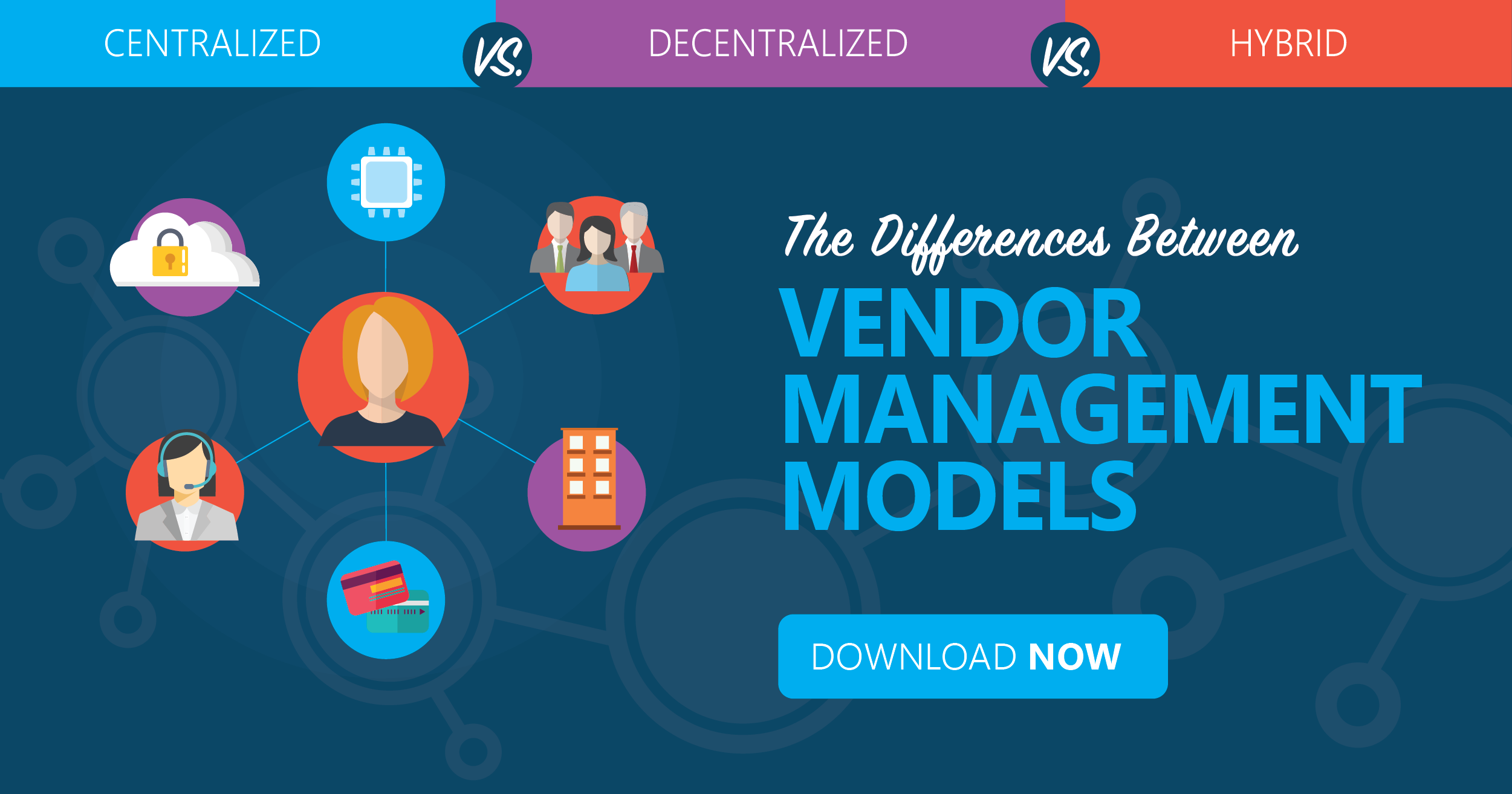Organizations have become more involved in outsourcing and, as a result, are presented with challenges in managing the risks associated with selecting and managing vendor partners. Outsourcing has become more complex with many organizations using vendors for key business functions across multiple business units within the organization.
Vendor Examples
Organizations may rely on vendors to provide various products or services to include such things as:
- Technology (e.g., core processors, infrastructure, reporting/analytics, hardware and software vendors, cloud vendors)
- Information Security
- Physical Security
- Operations
- Utilities (e.g., phone, power, Internet)
- Sales
- Marketing
- Consulting
- Human Resources
- Finance
- Compliance
- Risk Management
- Legal
Therefore, it’s important to select vendors that not only fit your organization's business needs but also that can help meet your strategic objectives.
The Ultimate Goal By Selecting the Right Vendor
The goal of the selection process seems straight forward. It’s to identify the most qualified vendor that meets your requirements and negotiate a contract that benefits your organization. While this sounds easy, it may be more difficult in practice.
However you decide to structure and manage the selection process, it should meet the following criteria:
- It’s effective
- It’s efficient
- It fits the structure/processes of your organization
- It’s appropriate for the nature of activities that your organization is seeking to outsource
The process that your organization uses to select a vendor may also depend on the criticality and complexity of the service or product to be provided. For example, the selection process to pick a core processor should be different than the process for selecting the next provider of desktop hardware.
Determining Which Vendors to Consider
In some instances, your organization may know, or quickly be able to determine, a short list of vendors.
This is usually based on several factors like the following:
- You may require a specialized service offered by few vendors
- Size or geographic location of the vendor
- Existing vendor relationships
- Existing relationships with your organization
If this is the case, you can choose a vendor that meets the business requirements and these unique circumstances, document the decision and move forward with the vendor risk management process.
When your organization needs to create or expand a list of possible vendors, it may be helpful to develop a document to aid in the selection process. These types of requests are ways to obtain information about a vendor’s background, ability to meet your organization’s business and technical requirements as well as the cost of the service.
We recommend one of the following:
- Requests for Proposal (RFP)
- Requests for Information (RFI)
- Requests for Quote (RFQ)
A Vendor Meeting Business Model and Needs Is Crucial
By defining the criteria initially and weighing it based on your organization’s goals, it should allow for the unbiased evaluation of each vendor to arrive at a decision that's in the best interest of your organization.
Selection of a vendor that meets your organization's business model and needs is perhaps the most critical part of outsourcing and your overall vendor management program. The process of selecting a vendor and determining the fit will vary in its formality and requirements based on your internal processes as well as the scope and complexity of the product or service to be provided.
Do you know which vendor risk management model works best for your organization? Download our infographic now to learn the advantages and disadvantages of each.



















